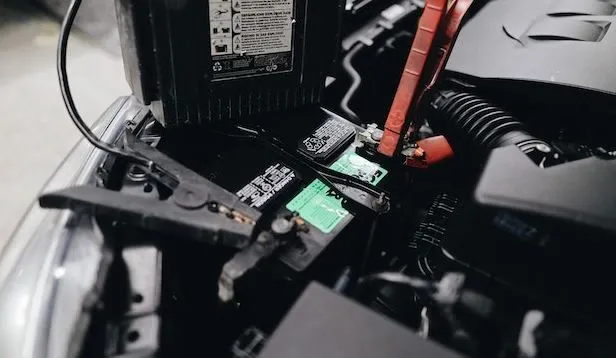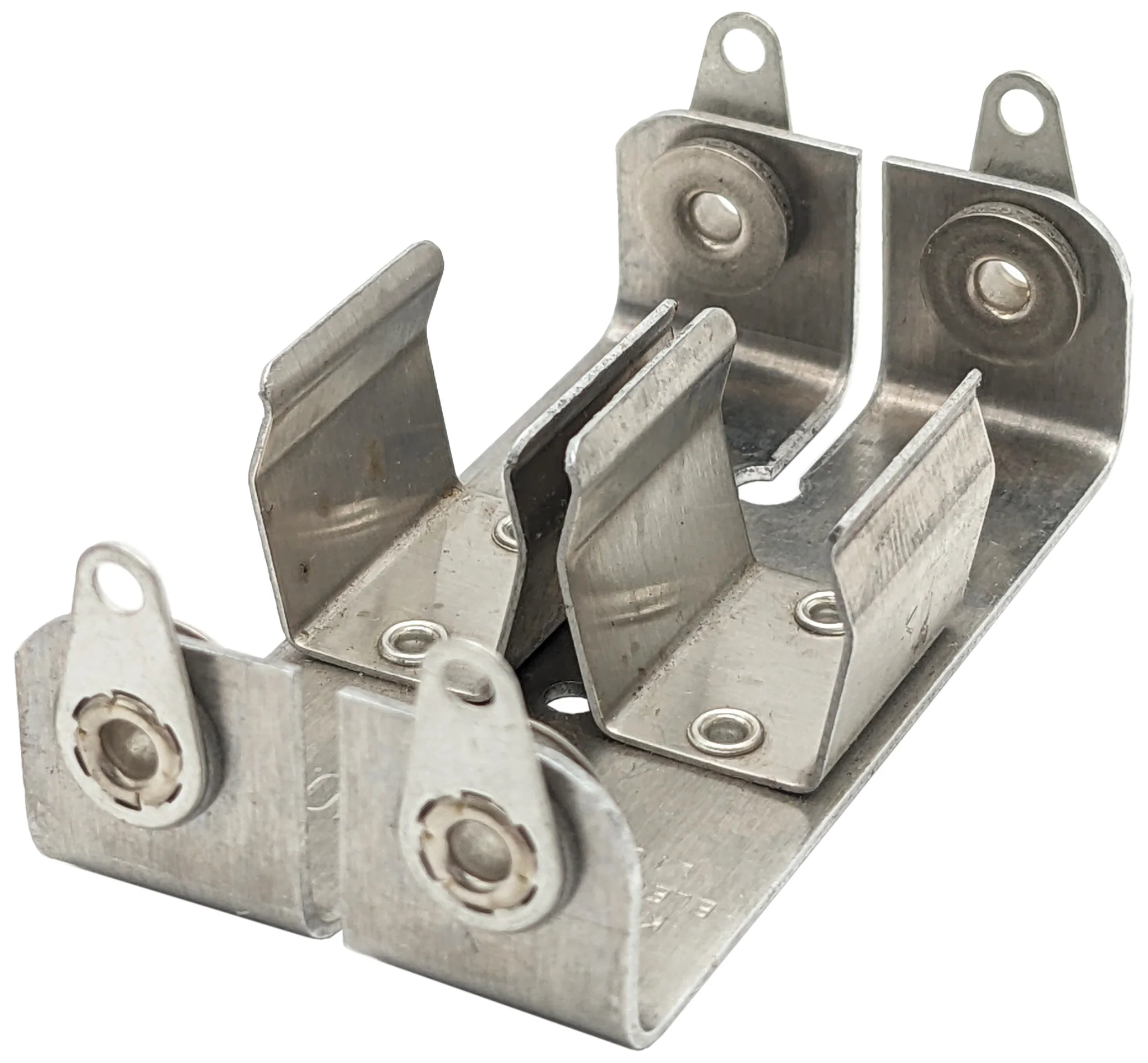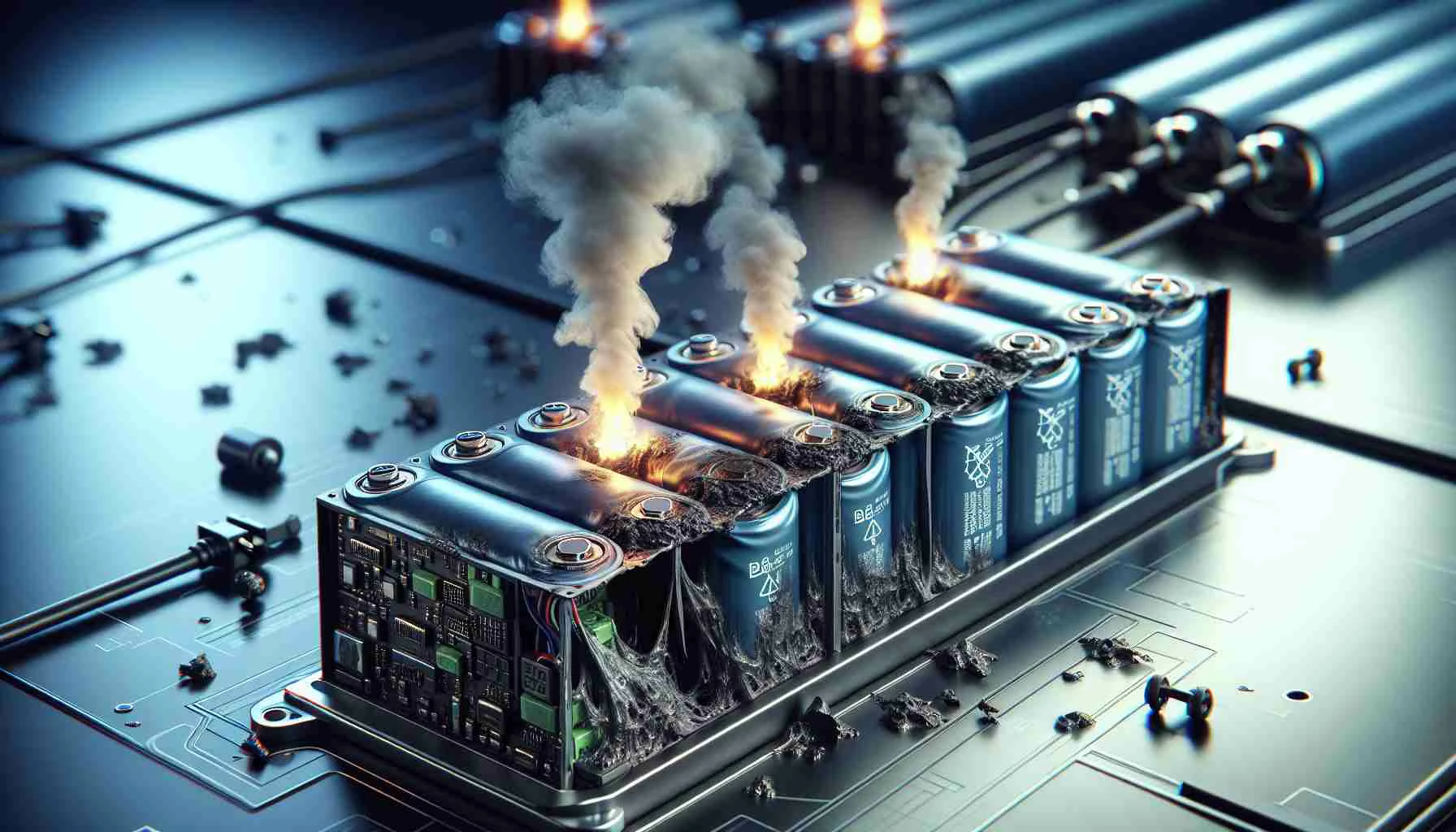Charging and discharging efficiency test of single battery The charging...
manufacturing materials of lithium battery separator
In the core structure of lithium battery, the diaphragm is the key component inside the battery, which is responsible for isolating the positive and negative electrodes and allowing the free movement of lithium ions in the process of charging and discharging. The material selection directly affects the safety, performance and life of the battery. In this paper, the main manufacturing materials and characteristics of lithium battery separators will be introduced in detail.
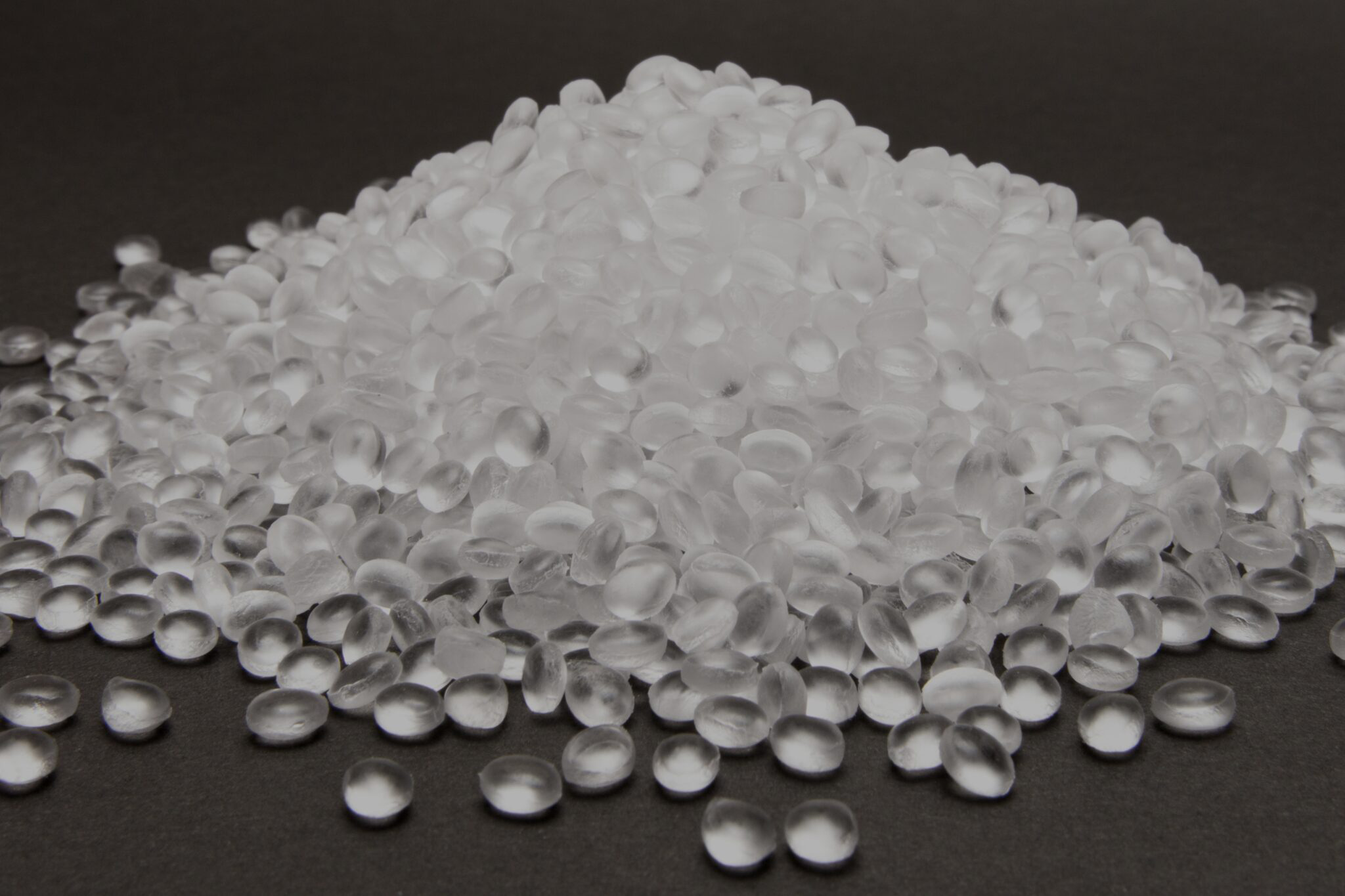
Polyethylene (PE)
Polyethylene (PE) is one of the earliest and most commonly used materials in lithium battery separators, especially low density polyethylene (LDPE) and high density polyethylene (HDPE).
Good chemical stability: PE has strong resistance to the electrolyte, which can reduce the reaction with the electrolyte, thus improving the service life of the battery.
Excellent electrical insulation performance: PE can effectively isolate positive and negative electrodes to prevent short circuit phenomenon.
Good mechanical strength: PE material has good puncture resistance and can withstand external impact to a certain extent.
However, the heat resistance of PE is relatively low, and when the temperature exceeds a certain threshold, it may lead to the melting of the material, thus affecting the safety of the battery.
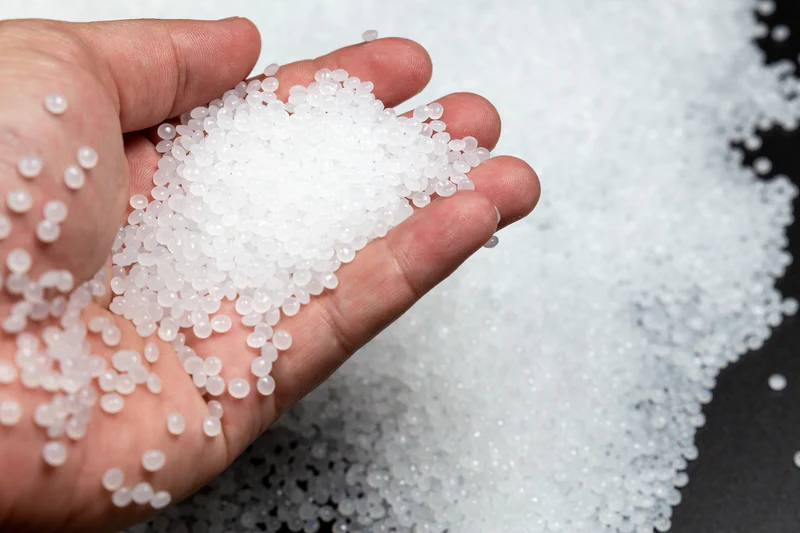
Polypropylene (PP)
Polypropylene (PP) is another widely used diaphragm material and is often used in conjunction with PE to provide better comprehensive properties.
Higher heat resistance: The melting point of PP is higher than that of PE, making it more stable in high temperature environments.
Better mechanical strength: PP has excellent tear resistance, which can effectively reduce the risk of breakage under pressure.
Low conductivity: PP has low conductivity, which helps to improve the safety of the battery.
Due to the synergistic effect of PP and PE, many high-performance lithium batteries choose to combine these two materials to form a composite diaphragm.
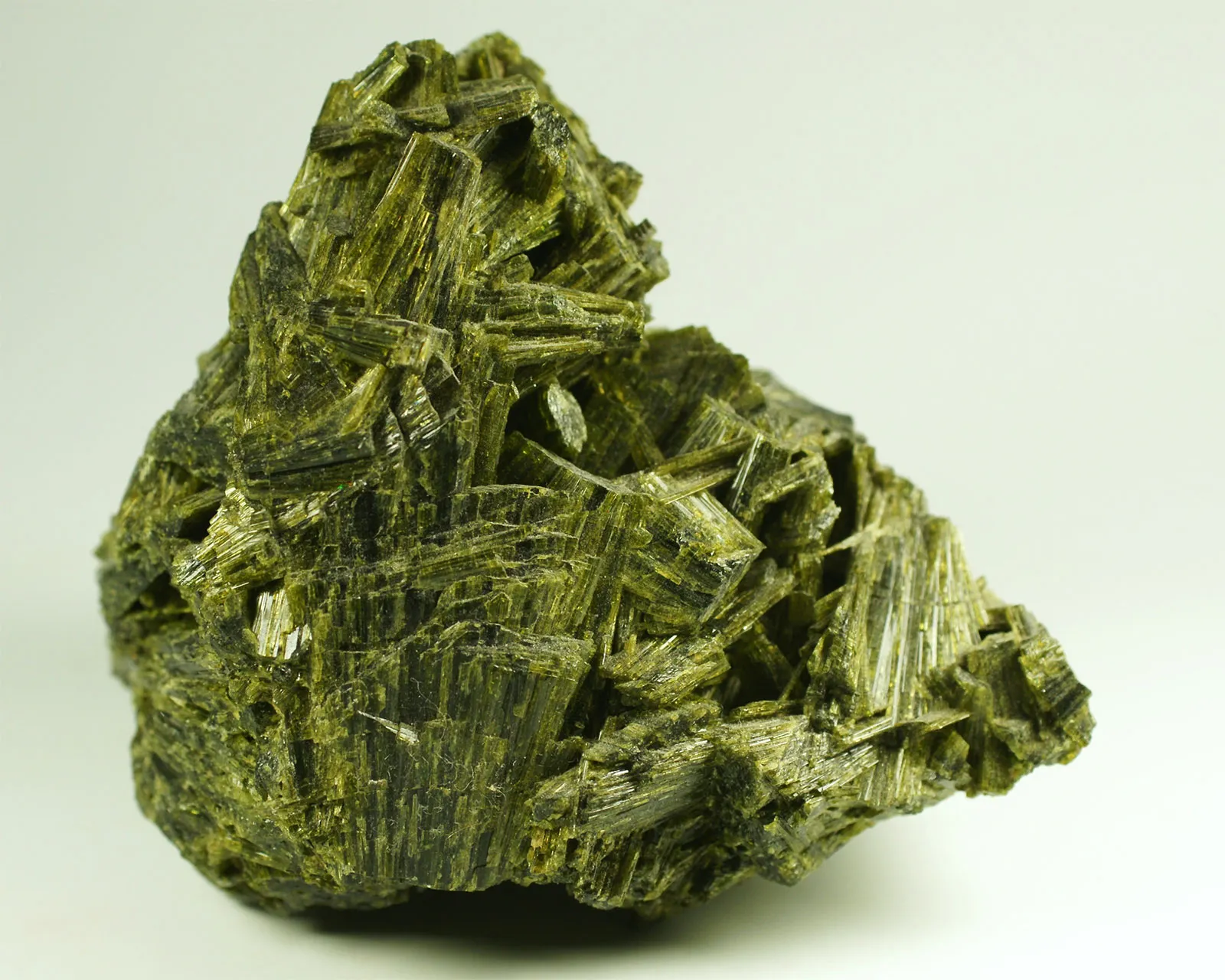
Silicate material
In recent years, certain new diaphragm materials such as silicates (e.g., silicon fluoride) have gradually entered the market.
Excellent thermal stability: Silicates can be stable in high temperature environments, providing higher safety compared to traditional PE and PP materials.
Good ion conductivity: The silicate diaphragm can still maintain good ion conductivity at high temperature, which helps to improve the efficiency of the battery.
However, the cost of silicate materials is relatively high, and it is still in the early stage of development and application.
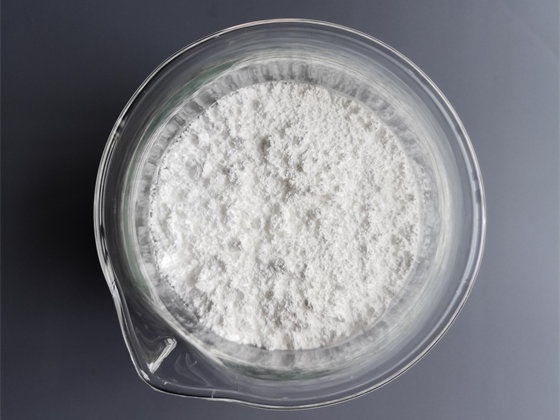
Coating diaphragm
In response to the limitations of traditional diaphragm materials, researchers have also explored functional coating technologies to improve the performance of traditional diaphragms by coating them with materials such as conductive polymers or ceramics.
Enhanced safety: The coating can provide additional flame retardant properties and reduce the risk of short circuits within the battery.
Improved electrolyte wetting: Certain coatings can enhance the wetting ability of the electrolyte to the diaphragm, facilitating better passage of lithium ions through the diaphragm.
Customized performance: By adjusting the material and thickness of the coating, the characteristics of the diaphragm can be customized for a specific application.
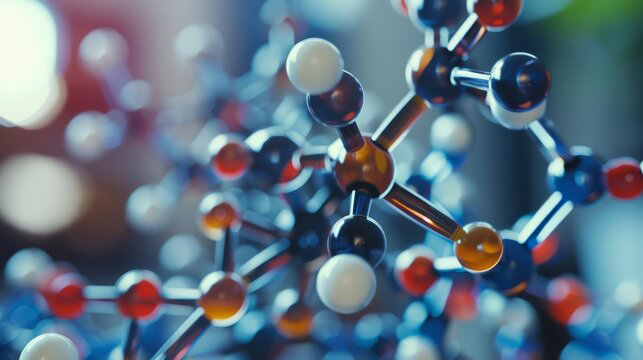
Inorganic materials
Recently, inorganic materials, such as ceramics and minerals, have also gained attention as a research direction for diaphragms.
High temperature resistance: Inorganic materials usually have excellent high temperature resistance, which can ensure the safety and stability of batteries under extreme conditions.
Barrier performance: Some inorganic materials have better barrier performance, which can effectively prevent lithium ions from passing through, thereby enhancing the safety of the battery.
However, the brittleness and manufacturing cost of inorganic diaphragm materials are challenges in current R&D.
conclusion
The manufacturing material of lithium battery separator plays a crucial role in the overall performance, safety and economy of the battery. Polyethylene and polypropylene, as traditional materials, are still the mainstream choice of the current diaphragm. New materials such as silicates, coated separators and inorganic materials provide new directions for improving battery performance. With the development of technology and changes in market demand, future diaphragm materials are expected to be more diverse and promote further progress and application of lithium battery technology. After continuous research and innovation, the role of diaphragm materials in improving the performance of lithium batteries will become more and more prominent.

Home energy storage product series
A lithium battery pack for home energy storage systems, which is compatible with solar panels and the sun The inverter can work together with the power grid to power household appliances, and it can also be used as a For off grid systems.
Extended reading
Introduction to the guide parts of battery pack
Introduction to the guide parts of battery pack In the...
Operating temperature range of the battery pack
Operating temperature range of the battery pack Battery packs play...
THE ESSC Brand promise
Global supply
Our products sell well all over the world, covering many countries and regions, through the global logistics network, to provide customers with convenient purchasing experience.
Rigorous quality
We adhere to the highest quality control standards to ensure every product meets industry regulations and customer expectations, earning trust through consistent excellence.
Excellent service
With a customer-centric approach, we provide prompt responses, professional support, and personalized services, aiming to deliver the best user experience and long-term value.
